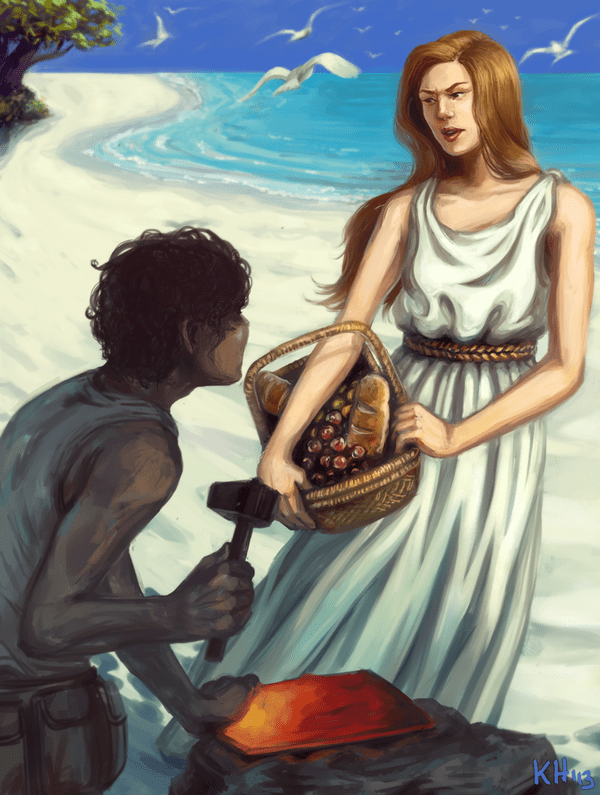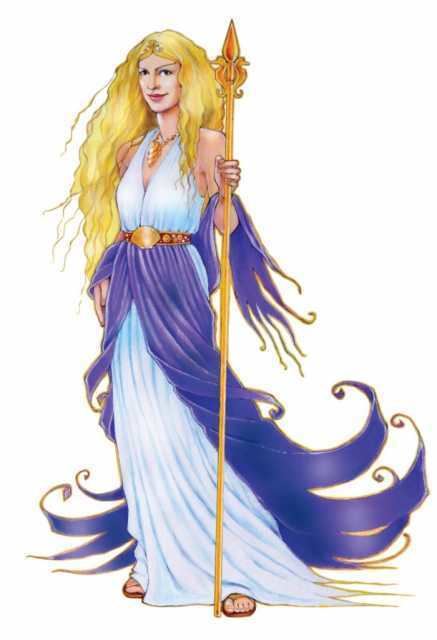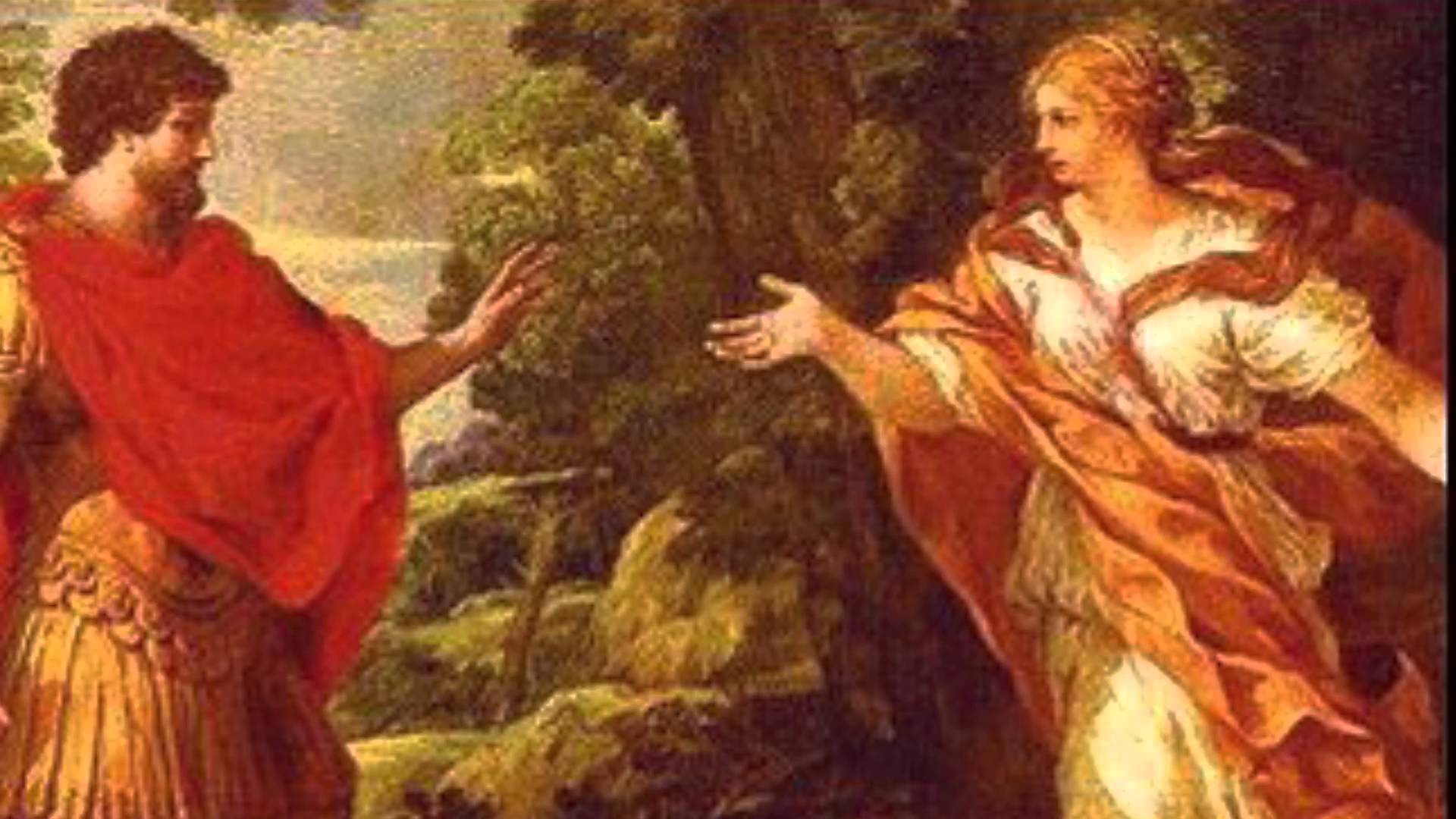Have you ever felt a rhythm so catchy, it just makes your feet want to move all on their own? That, in a way, is the heart of calypso music dance. It’s a truly lively and expressive way of moving, deeply connected to a type of music that just bubbles with energy and a fun beat. This dance, which comes from the Caribbean islands, is more than just steps; it's a feeling, a story, and a celebration all rolled into one.
You see, calypso isn't just about the sounds; it's about the whole experience, the way the music and movement blend together. It's a genre known for its upbeat rhythms and, interestingly, for its deep lyrics. The songs often tell stories or share thoughts on what's happening in the world, sometimes with a clever, witty twist. So, when you get into calypso music dance, you're really stepping into a rich tradition.
People like Shannah and Phil, actually, really show how wonderful this dance can be. They move through the Caribbean calypso sequence dance to music, and it’s a beautiful sight. If you're curious about how they do it, a slow-motion walkthrough can also be found on their YouTube channel or website. It’s a great way to start getting a feel for the steps and the flow of it all.
Table of Contents
- What is Calypso Music Dance?
- Where Did Calypso Music Dance Begin?
- The Heartbeat of Carnival: Calypso's Big Role
- Getting Started with Calypso Music Dance
- Calypso's Musical Flavors and Relatives
- Frequently Asked Questions About Calypso Music Dance
What is Calypso Music Dance?
Calypso dance, originating from the Caribbean islands, is, you know, a very vibrant and expressive form of dance. It's really closely associated with calypso music, a genre known for its upbeat rhythms and, as a matter of fact, its socially aware messages. The definition of calypso music itself is a popular Caribbean music genre with a fun beat and, quite interestingly, deep lyrics.
This dance style is, in some respects, a physical conversation with the music. It lets you express yourself, and it often feels like a natural extension of the song's story. People often find themselves swaying and moving to the beat without even thinking about it, that's how infectious it can be. It's not just about fancy steps; it's about connecting with the feeling of the music.
The movements in calypso dance tend to be fluid and joyful. They often reflect the playful or serious nature of the song's words. You might see a lot of hip movement, arm gestures, and steps that really let you feel the rhythm. It's a dance that encourages you to just let go and feel the music, which is a lovely thing.
- Rafiki Restaurant And Lounge
- Pedro Hmc Paulo
- Evergreen Iluminacion
- Eiza Gonz%C3%A1lez Topless
- Leonards Palazzo Photos
More Than Just a Beat: The Lyrics Tell Stories
The lyrics of calypso songs, you see, often tell stories or convey social commentary. They are, in a way, like a news report or a witty play. Calypso is deeply rooted in themes of political commentary and protest, sporting witty lyrics, a satirical tone, and, quite often, a double entendre. This means the songs can be funny and light on the surface, but they carry a much deeper message underneath.
This blend of catchy music and smart lyrics is what makes calypso truly special. It's not just entertainment; it's a form of expression that has, for a long time, given a voice to people. The songs can be about local happenings, big world events, or just observations on life. They are, actually, often very clever and make you think.
Because the lyrics are so important, the dance, in a way, often helps to bring these stories to life. The movements can emphasize a point, express an emotion, or even act out a scene described in the song. It’s a very complete art form, where the music, words, and movement all work together. This is, you know, a big part of its charm.
Where Did Calypso Music Dance Begin?
The origins of calypso music are, honestly, fascinating. It was developed in Trinidad in the 17th century, actually, from the West African kaiso and canboulay music. These musical forms were brought by African slaves who were imported to that Caribbean island to work. So, you can see, it has very deep historical roots.
Calypso is a type of folk song primarily from Trinidad, though it's sung elsewhere in the southern and eastern Caribbean islands. It’s a close relative of West African kaiso, which really shows its lineage. The subject of a calypso text, typically witty and satiric, is usually a local and, sometimes, even a very personal topic.
While its roots go back to the 17th century, calypso began to take on the form we recognize more readily in the 19th century. It was influenced by French and African people, which adds to its unique blend of sounds and storytelling. This mix of cultures really shaped the music and, by extension, the dance that goes with it.
From Kaiso to Global Stages: A Rich History
The first major stars of calypso, you know, started crossing over to new audiences worldwide in the late 1930s. This was a really big step for the music, bringing it beyond the Caribbean. Artists like Lord Shorty, for example, pioneered this, helping calypso reach ears far and wide. It was a moment when the world started to really listen.
Calypso music has, in a way, become established as a cornerstone of Caribbean culture. It’s not just a passing trend; it’s a deeply ingrained part of the region’s identity. The songs were ranked based upon their initial and lasting popularity among calypso music fans, and on their impact and influence on calypso music and its culture, which shows its enduring appeal.
The classic calypso tune you will often hear at a show is "Yellow Bird." It’s a song that, for many, really captures the essence of the genre. The music is always in standard 4 beats to a bar, and it is based on about 50 standard calypso melodies. This structure gives it a recognizable feel, while still allowing for lots of creativity and variation.
The Heartbeat of Carnival: Calypso's Big Role
The song and dance of the calypso are, quite literally, two of the main features of the Caribbean Carnival. This huge celebration begins in Trinidad two days before Ash Wednesday, which is the first day of Lent in the Western Christian calendar. So, you see, it’s a big part of a very important cultural event.
During Carnival, the streets come alive with the sounds of calypso and the vibrant movements of its dance. It's a time when the music truly shines, as it provides the soundtrack for parades, competitions, and general merriment. The energy is, you know, just incredible, and the dance is a huge part of that.
People from all walks of life join in, dancing to the infectious rhythms. It's a communal experience, where everyone feels connected through the music and movement. The spirit of calypso, with its wit and energy, is, in a way, the very soul of the Carnival, making it an unforgettable spectacle for everyone involved.
Getting Started with Calypso Music Dance
If you're thinking about trying calypso music dance, there are, actually, lots of ways to begin. The most important thing is to just feel the beat. The music is very rhythmic, and once you get a sense of that 4-beat pulse, your body will naturally want to move. It’s less about complicated steps at first and more about the feeling.
A good way to start is by listening to a lot of calypso music. Let the rhythms sink in. You can, for instance, just sway or tap your feet to the beat. The more you listen, the more familiar the patterns will become, and the easier it will be to pick up the dance. It's like learning a new language by listening to it spoken.
There are resources out there for beginners, too. A beginner's guide to calypso music and dance can be very helpful. These guides often break down the basic movements into easy-to-follow steps. Remember, the goal is to enjoy yourself and feel the music, so don't worry too much about being perfect right away.
Learning from the Best: Shannah and Phil's Approach
For those who want to learn a specific way to move, Shannah and Phil offer a wonderful resource. They dance through the Caribbean calypso sequence dance to music, which is a structured way to learn. This kind of sequence dance can be really helpful for getting a grasp of typical calypso movements and how they flow together.
What's really great is that a slow-motion walkthrough can also be found on their YouTube channel or website. This means you can, you know, watch the steps at your own pace, pausing and replaying as much as you need. It's a fantastic tool for visual learners and anyone who wants to really understand the mechanics of the dance.
Learning from people who clearly love what they do, like Shannah and Phil, can make the experience much more enjoyable. They show how elegant and fun calypso dance can be. It’s a good way to see how the movements fit the music and to get inspiration for your own dancing. You can learn more about calypso dance on our site, actually.
Join the Movement: Live Dance Workshop
If you prefer a more hands-on approach, or if you just love the idea of dancing with others, you're in luck. There's a live dance workshop being hosted on April 11! This is a fantastic opportunity to experience calypso music dance in person, with guidance from instructors. It's a great way to really get into the swing of things.
You can buy your tickets here and use code MISS AUTI20 for a special offer. Workshops like these are, in a way, perfect for meeting other people who share your interest in Caribbean rhythms and dance. It’s a chance to learn, practice, and just have a wonderful time in a supportive environment. So, why not give it a try?
Live workshops offer a unique energy that you can't quite get from online videos alone. You feel the music, see the movements up close, and get immediate feedback. It’s an immersive experience that can really kickstart your calypso dance journey. We also have more information on upcoming dance events here, you know.
Calypso's Musical Flavors and Relatives
The music that accompanies calypso dance is, as a matter of fact, very distinct. As mentioned, the music is always in standard 4 beats to a bar, which gives it a steady, danceable pulse. It is based on about 50 standard calypso melodies, which means there's a recognizable framework, but also plenty of room for artists to add their own flair and stories.
Calypso music has become established as a cornerstone of Caribbean culture, and its influence can be heard in many other forms of music. The popularity of these songs was, you know, often ranked based upon their initial and lasting popularity among calypso music fans, and on their impact and influence on calypso music and its culture. This shows how deeply it has shaped the musical landscape.
If you enjoy calypso, you might also like other types of Latin music. You can enjoy our Latin music playlist, which includes salsa, tango, bossa nova, flamenco, samba, and more. There's also epidemic Latin music (royalty-free music), which can be a great resource for dancers or just for listening. These genres, in a way, share a similar vibrant spirit and often encourage movement.
For those who appreciate vintage black music, you can come to the Right On Club in London for more of the finest in that genre. It's a place where you can really soak in the sounds that influenced and were influenced by calypso. It’s a good way to explore the broader musical family that calypso belongs to, and, you know, discover new favorites.
Frequently Asked Questions About Calypso Music Dance
Here are some common questions people often ask about calypso music dance:
What is calypso music and dance known for?
Calypso music and dance are known for their vibrant and expressive nature. The music has upbeat rhythms, and its lyrics often tell stories or offer social commentary, sometimes with a witty or satirical tone. The dance, in a way, brings these stories and rhythms to life through fluid, joyful movements that encourage expression and connection to the beat.
Where did calypso music originate, and who influenced it?
Calypso music originated in Trinidad, developing from West African kaiso and canboulay music brought by enslaved Africans in the 17th century. In the 19th century, it was further shaped by influences from both French and African people, creating its unique blend of sounds and storytelling. It's a truly rich cultural mix.
How is calypso dance connected to Caribbean Carnival?
Calypso song and dance are, actually, two of the main features of the Caribbean Carnival, especially in Trinidad. The Carnival begins two days before Ash Wednesday, and calypso music provides the lively soundtrack for the parades and celebrations. The dance is an integral part of the festivities, bringing energy and communal joy to the streets during this important cultural event.



Author Details:
- Name : Verner Mitchell PhD
- Username : romaguera.zella
- Email : morissette.marian@yahoo.com
- Birthdate : 1975-10-28
- Address : 898 Miller Green Suite 028 Robertsmouth, OR 48727-0949
- Phone : 1-563-897-3105
- Company : Gutmann, Ryan and Carroll
- Job : Photographic Restorer
- Bio : Molestiae delectus aliquam perferendis reprehenderit asperiores. Maxime repellendus aut illum quaerat. Repellat earum fuga qui maiores. Sit dolor quia cumque ipsam quibusdam asperiores qui.
Social Networks
Linkedin:
- Url : https://linkedin.com/in/elton_haag
- Username : elton_haag
- Bio : Cum earum voluptatem et atque voluptatibus eos.
- Followers : 2284
- Following : 338
Tiktok:
- Url : https://tiktok.com/@elton_haag
- Username : elton_haag
- Bio : Cupiditate enim vel vero et asperiores aut necessitatibus nostrum.
- Followers : 3325
- Following : 724
Facebook:
- Url : https://facebook.com/elton.haag
- Username : elton.haag
- Bio : Et ad quo quia voluptate sunt delectus debitis.
- Followers : 3266
- Following : 76
Twitter:
- Url : https://twitter.com/elton_haag
- Username : elton_haag
- Bio : Error quia eaque omnis rem quia fugit. Voluptas et quibusdam sed ad maxime iusto. Reprehenderit consequuntur nihil est quo doloribus est porro.
- Followers : 5104
- Following : 105
